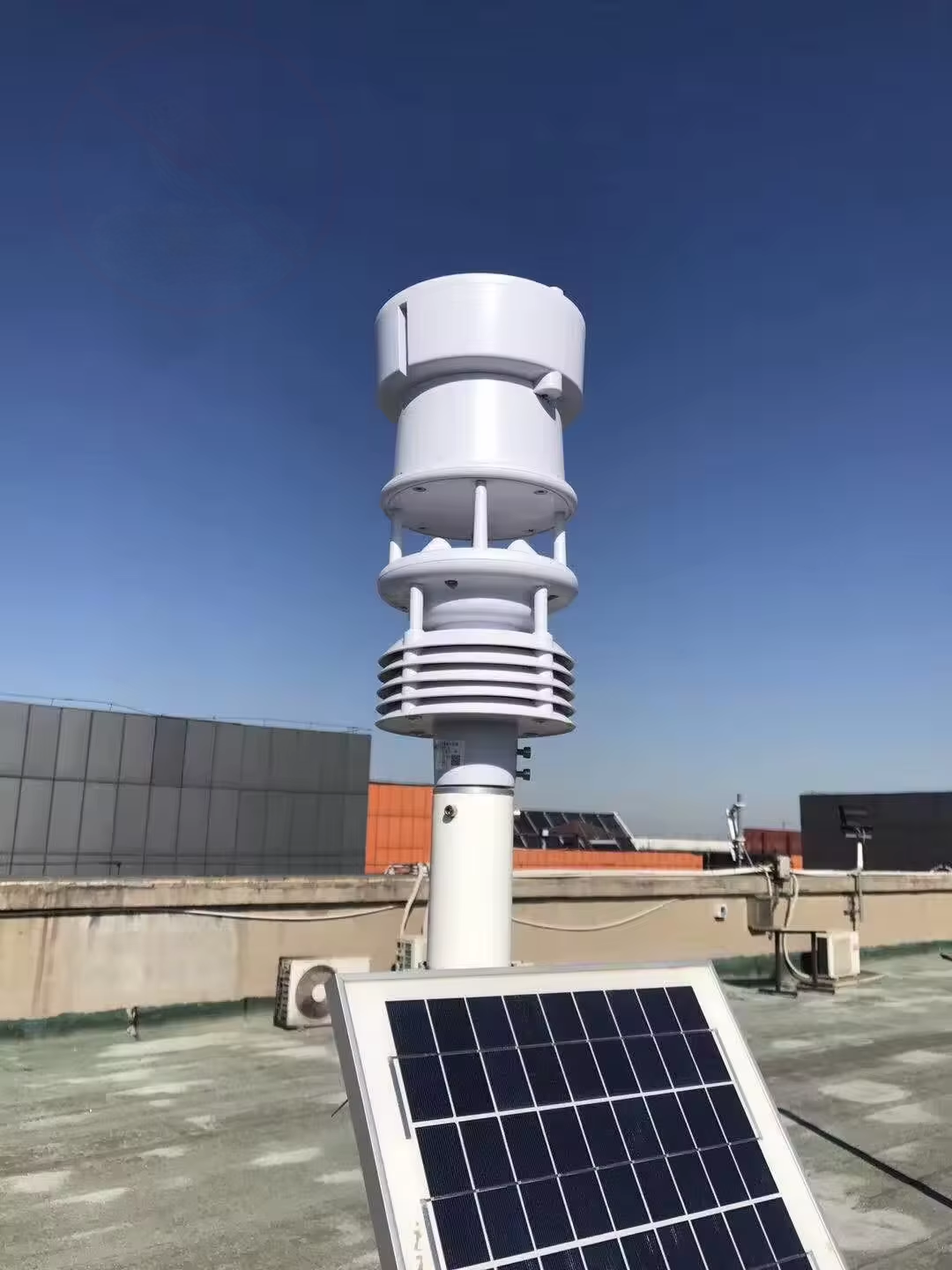In risposta alle sfide del cambiamento climatico, il governo neozelandese ha recentemente annunciato che accelererà l'installazione di nuove stazioni meteorologiche in tutto il Paese, al fine di migliorare le capacità di monitoraggio climatico e i sistemi di allerta precoce. Il piano mira a fornire previsioni meteorologiche più accurate e ad aiutare diversi settori, come l'agricoltura, la silvicoltura e la gestione delle emergenze, a fronteggiare meglio gli eventi climatici estremi.
Rafforzamento della rete di monitoraggio meteorologico
Il Servizio Meteorologico Neozelandese (MetService) ha affermato che le nuove stazioni meteorologiche saranno distribuite in tutto il Paese, soprattutto nelle aree remote e rurali, per colmare le lacune della rete di monitoraggio esistente. Le nuove stazioni meteorologiche saranno dotate di strumenti meteorologici avanzati in grado di raccogliere dati come temperatura, umidità, precipitazioni, velocità del vento, ecc. in tempo reale e di trasmettere le informazioni all'Ufficio Meteorologico tramite Internet.
Un portavoce dell'Ufficio Meteorologico ha dichiarato: "Speriamo di migliorare la nostra capacità di rispondere ai cambiamenti meteorologici locali rafforzando la rete di monitoraggio meteorologico. Soprattutto nel caso di eventi meteorologici estremi sempre più frequenti, dati accurati possono fornire un supporto migliore al pubblico e ai decisori politici".
Sostenere l'agricoltura e il lavoro di riduzione dei disastri
La Nuova Zelanda è un importante paese agricolo e i cambiamenti climatici hanno un impatto diretto sulla produzione agricola. I dati della nuova stazione meteorologica forniranno agli agricoltori informazioni meteorologiche più dettagliate per aiutarli a prendere decisioni più scientifiche in materia di semina e gestione. Inoltre, l'Ufficio Meteorologico prevede di collaborare con le organizzazioni agricole locali per fornire servizi meteorologici e supporto per l'utilizzo di questi dati.
Allo stesso tempo, la nuova stazione meteorologica verrà utilizzata anche per migliorare le capacità di gestione delle emergenze. In caso di calamità naturali, dati meteorologici tempestivi sono essenziali per l'allerta pre-catastrofe e la risposta post-catastrofe. Il governo spera di ridurre potenziali perdite economiche e vittime ottimizzando la diffusione delle informazioni meteorologiche.
Promuovere la ricerca scientifica e la partecipazione pubblica
Oltre a essere utilizzata in agricoltura e nella gestione delle emergenze, la nuova stazione meteorologica diventerà anche una risorsa importante per la ricerca sul clima. Gli scienziati potranno utilizzare questi dati per studiare a fondo l'impatto dei cambiamenti climatici e fornire una base per sviluppare strategie di risposta più efficaci.
Inoltre, il governo incoraggia il pubblico a partecipare alle osservazioni meteorologiche e a fornire dati meteorologici alla comunità. Collaborando con progetti di citizen science, il pubblico può contribuire a raccogliere informazioni meteorologiche locali e migliorare ulteriormente l'accuratezza e la copertura dei dati meteorologici.
Conclusione
Il piano del governo neozelandese di accelerare l'installazione di stazioni meteorologiche segna un passo importante nella risposta del Paese al cambiamento climatico e alla tutela dell'ambiente. Potenziando le capacità di monitoraggio meteorologico, il governo sosterrà meglio lo sviluppo agricolo, potenzierà le capacità di risposta ai cambiamenti climatici e fornirà un ambiente di vita più sicuro per la popolazione. Questa misura non solo contribuirà a migliorare la qualità dei servizi meteorologici del Paese, ma getterà anche le basi per future politiche di gestione delle catastrofi e di adattamento climatico.
Per ulteriori informazioni sulla stazione meteorologica,
contattare Honde Technology Co., LTD.
Email: info@hondetech.com
Sito web aziendale:www.hondetechco.com
Data di pubblicazione: 18-01-2025


